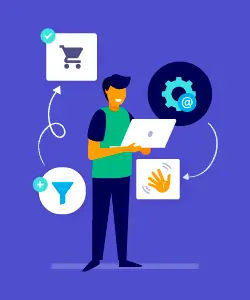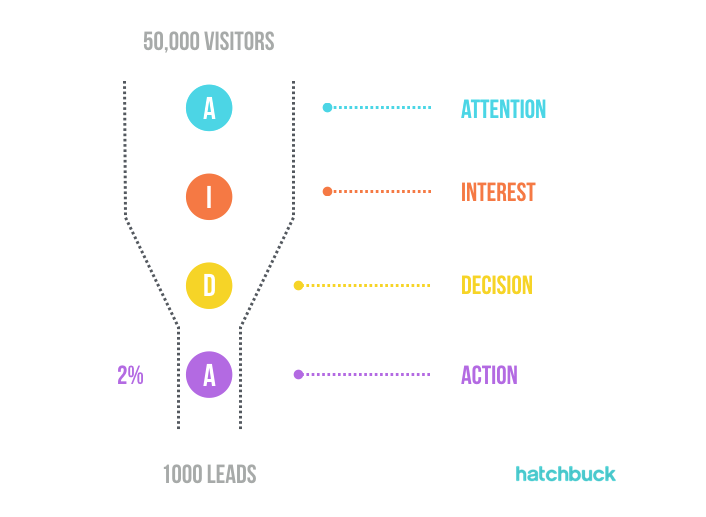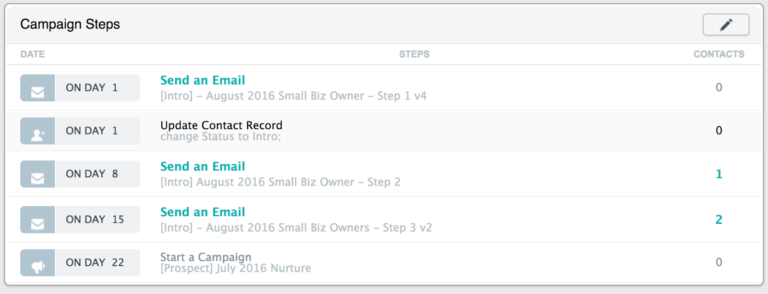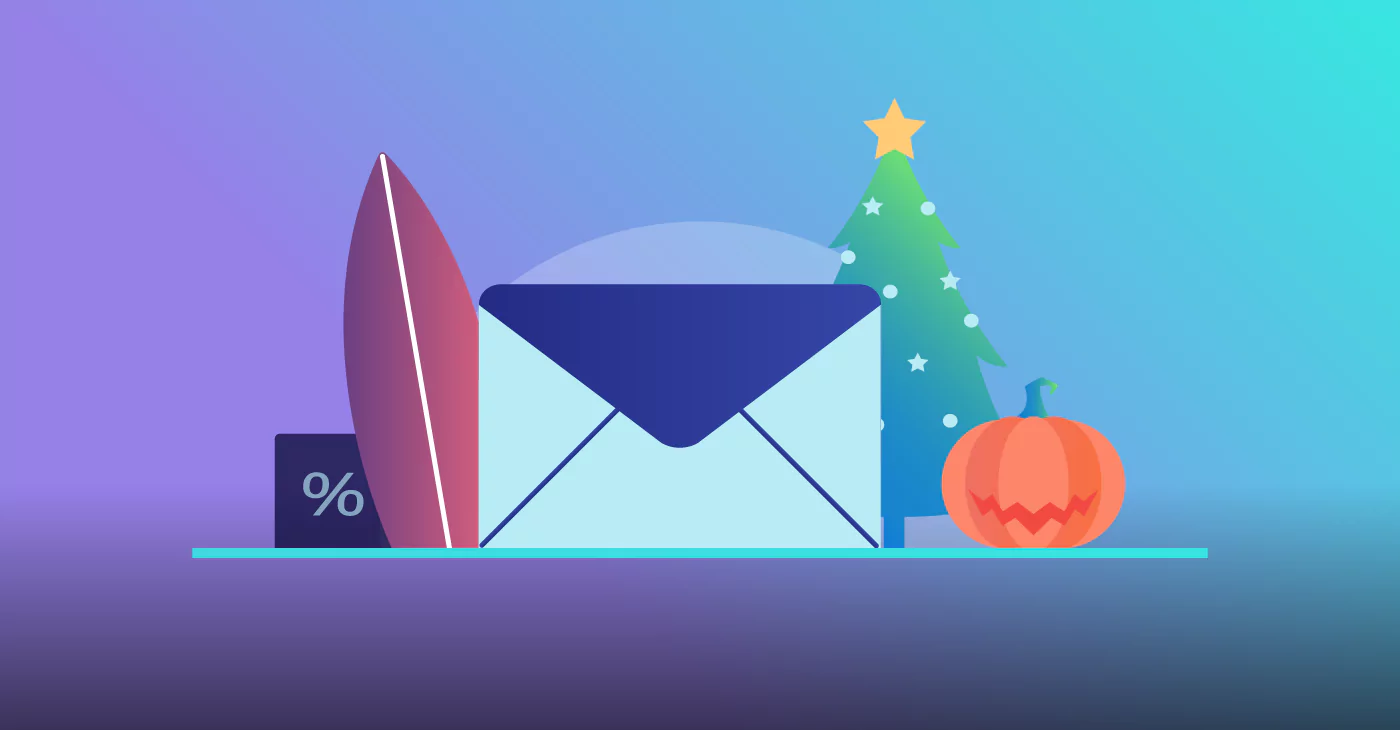
As a small business, you’re probably in direct contact with many of your existing customers. But as your business scales, it’s impossible to maintain personal relationships with everyone.
Eventually, your sales, customer service, and marketing efforts will be sizable enough that you’ll no longer be able to manage it all using Gmail and spreadsheets.
That’s where marketing automation comes in.
What is Marketing Automation?
Digital marketer and entrepreneur Neil Patel offers this simplified definition of marketing automation:
“Marketing automation is the use of software to automate marketing processes such as customer segmentation, customer data integration, and campaign management, that would have otherwise been performed manually.”
It’s true that not every business is ready for marketing automation software. But how do you know if your business is ready or not?

Is Marketing Automation Right for My Small Business?
Here are some situations that might indicate you could benefit from marketing automation software.
- You don’t have a CRM, or you have a CRM that doesn’t allow you to track people through the sales process. A marketing automation software is not only going to house your contacts in an organized fashion but will also let you move them through the sales pipeline, from lead to customer. The process can be automated, meaning the contact can be moving from stage to stage based on their clicking and opening behavior. You only need to be alerted when they have become a “hot” lead or opportunity so that you can follow up with them.
- You have trouble following up with leads and staying in touch with your customers. A marketing automation software can send an automated email campaign that you have designed to all of your leads, prospects, and customers. While you don’t have time to manually follow up with everyone, putting your customers on a quarterly stay-in-touch campaign will accomplish the same thing, without you having to remember to do it yourself. Putting your leads and prospects on a nurturing campaign can send them educational material on your services and products and trigger tasks for you to call them.
- You have no way of tracking actionable behavior that may indicate a prospect is interested. Tracking clicks and opens is a key component of marketing automation. Sending a campaign is one thing, but being able to trigger a task to call a prospect because they clicked on a link within your e-mail is VITAL. This indicates to you that they have some level of interest and if you don’t touch base, they may buy from someone else.
- You aren’t utilizing your website to the fullest and capturing visitor information. Your website should have a contact capture form on it somewhere. Ideally, this form offers something of value, such as a whitepaper or discount for the contact to fill it out. The more enticing the offer, the better your turnout will be. Having a form setup through your marketing automation software has some benefits. First, you can set specific follow-up actions after someone fills out the form. Beyond that, they will go straight into the stage (lead, prospect, etc.) that you designate into your system and therefore are entered into your sales funnel without you having to do any work yourself.
The Perks That Come With Marketing Automation
Still not totally convinced? Well then, let’s take a look at the obvious perks that come along with automating your marketing.
1. Guesswork Is Removed
Do you know which of your blog posts has been viewed more than the rest? How do you know which landing page on your website has the most successful conversion rate? Knowing for certain instead of shooting in the dark is a lot more fun, and beneficial, for your growing business. Your marketing automation takes the guesswork out of which content gets the most traction, which is most relevant to different leads, and how long to wait before sending a second email to a prospect.
2. Errors Are Reduced
Everyone makes mistakes, and that’s the reason why data entered into a CRM system manually almost always has erroneous information. Marketing automation software automatically populates web forms, which greatly reduces errors and eliminates a lot of tedious data entry.
3. Communication Is Improved
One of the most important things marketing automation does is improve your communication with customers and prospects by offering you tools that reduce the time it takes you to respond to their queries.
4. Communication Is Personalized
Messages that are tailored to the recipient will have a much bigger impact than generic, batch and blast ones. They are more likely to be read and create loyalty with your brand. Without an automated system to keep track of every customer and contact’s history and activity, this would be a herculean task. But with marketing automation, it’s efficient and effective.
5. Pressure Is Eliminated
You can automate sending personalized emails to prospects, educating them about your product and familiarizing them with your company over time. You can track email conversations and segment and organize contacts in ways that make sense—by status, demographics or specific need.
6. Data Is Leveraged
Marketing automation collects and harnesses an enormous amount of valuable data, tracking every interaction with customers and prospects. It analyzes that data, allowing you to decipher the effectiveness of marketing campaigns so you can improve engagement and sales.
7. Playing Field is Leveled
It used to be only large companies had the resources for marketing automation software, but products specifically designed for small businesses—like Hatchbuck—make it affordable and easy to implement, allowing the smallest businesses to market like the Fortune 500.
Getting Up to Speed: Concepts of Marketing Automation
A chart below shows the most popular marketing automation features marketers use to create and automate their sales and marketing process, according to Regalix.
Now let’s have a look at the most important concepts you’ll need to understand.
Conversion Funnel
There are two overarching marketing techniques: inbound and outbound. Outbound marketing is basically placing ads, buying email lists, and cold outreach. Inbound marketing, however, is about attracting users through quality content that pulls them toward your product organically.
How does marketing automation come into play? Well, it plays a huge role in facilitating the transition of your users. By using this software, your users are managed, and able to go from a site visitor to a lead, and then to a paying customer.
You manage that transition through the conversion funnel, featured in the image below. It’s a process of attracting prospects to your site, providing ongoing lead nurture, then converting them to actual paying customers.
Customer Journey
The customer journey is the path a user takes towards conversion. In order to maximize your conversions, you have to build a journey that aligns with the needs of your users.
There are two goals for every successful customer journey:
- To keep prospects moving through the conversion funnel
- To minimize churn at each stage of the funnel
Automation plays a key role in both of those goals. In reality, it can look something like this:
- A prospect lands on your website and signs up for something of value.
- They receive a sequence of personalized emails that engage them, offer them education, and provide them with valuable content, making you a trusted resource.
- They continue to be nurtured until they move further down the funnel.
- They eventually sign up for a demo of your services, and a sales rep is notified that they’re ready for a discussion.
- They convert and become a paying customer.
Users don’t just flow into your sales and marketing funnel, they flow out of it, too. When a customer stops purchasing from you or unsubscribes from your messaging, it’s referred to as customer churn. When it comes to killing churn, marketing automation analytics can determine the leaks in your funnel.
For instance, you may find that many customers sign up for an entry-level product, but never upgrade. You can use marketing automation upsell and cross-sell these customers, increasing their customer lifetime value and reducing churn. Surveys and customer feedback are also great tools for helping to identify and fix leaks in your funnel.
Database and Lead Generation
The success of your marketing automation strategy depends on the strength of your user database. If you’re starting at ground zero, you might be tempted to consider buying an email list. Don’t do it. Buying lists one of the biggest email marketing mistakes and could get you in serious trouble (i.e. getting blacklisted and damaging your sender reputation).
The best lists are opt-ins, where users already recognize and trust your brand. For that, you need to build a lead generation engine fueled by content creation and valuable assets, such as eBooks, webinars, guides, and other resources in return for their contact information.
The use of a CRM and marketing automation allows you to set up landing pages for these lead magnets and to trigger onboarding workflows, capture analytics, score leads, and so on.
Audience Segmentation
As your database grows and you start to deploy marketing campaigns, you’ll have a wealth of data at your disposal. In order to properly make use of that data, you’ll need a system to segment your audience and group your prospects together based on common characteristics, demographics, needs, and attributes. By grouping users into defined categories, you will be able to more effectively target them with precise marketing messages that address their pain points and product needs.
Email Workflows
So, once you understand your funnel, start collecting leads, and define your prospect segments, it’s time to create your first email workflows.
These are specific campaigns designed to take your leads through the different stages of the funnel. There are:
- Action-triggered workflows: Campaigns based on a specific action “trigger point” that triggers the campaign. For example, a welcome email after someone subscribes and then a follow-up email a week later.
- Event workflows: An example would be an email a week before Black Friday and another one on Black Friday.
Email workflows can be set up quite easily using your marketing automation platform. You can set up email workflows based on any information you have about your contacts in your marketing database, such as page views, clicks, or downloads.
Good luck with your marketing automation endeavors! Make sure you bookmark this blog post so you can refer back to it as needed.









